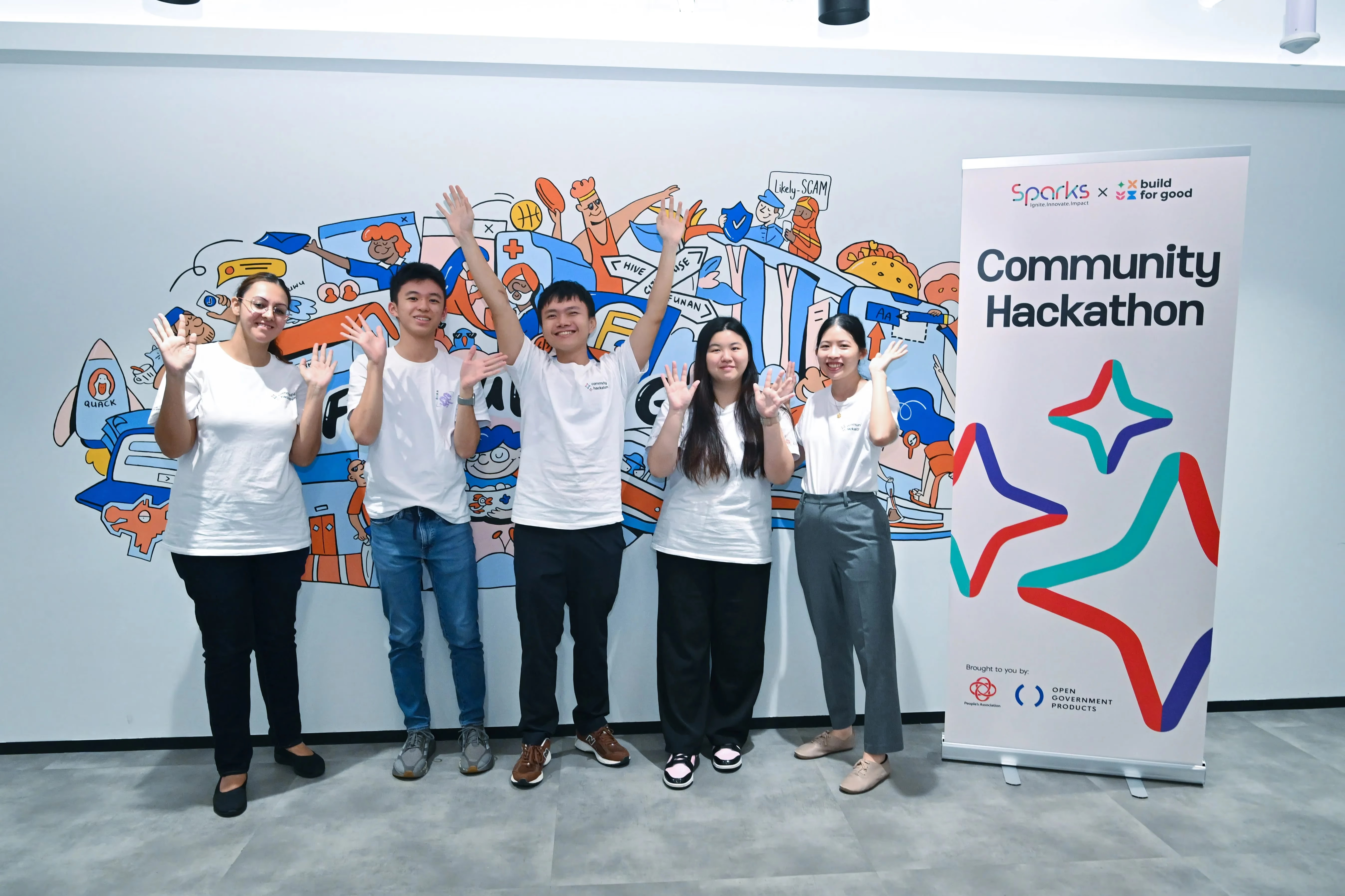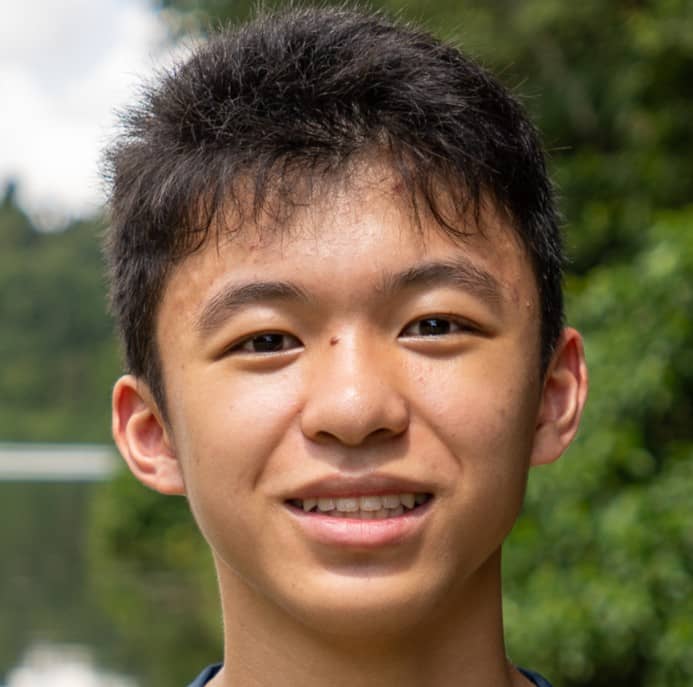My experience at the Community Hackathon 2025
 Before Community Hackathon 2025, I was a build for good atheist. In my opinion, any solution worth building with tech would have already been built by now. I was only excited to sign up for Community Hackathon because it was with my friends, however only one friend and I were accepted. And after my friend left for her overseas trip, I was forced to find a team from strangers.
Before Community Hackathon 2025, I was a build for good atheist. In my opinion, any solution worth building with tech would have already been built by now. I was only excited to sign up for Community Hackathon because it was with my friends, however only one friend and I were accepted. And after my friend left for her overseas trip, I was forced to find a team from strangers.
Team Little Miss Sunshine
During the orientation, I met a lot of NUS CS students and they all seemed like they were just there to add another hackathon to their portfolio. During the dinner I sat next to Sherry, a freelance project manager in her late 20s. We just introduced ourselves, and she invitied me to her group, which consisted of a social worker named Jasprit. She told me she was interested in working on youth mental health. Given my own mum's struggles with mental health, I thought this was something I would not mind working on.
Later on in the icebreakers, Sherry got another member, Shaoqin, who said he was interesting in building tech solutions, not specifically mental health. I judged him as "a typical CS student wanting to add another project to their portfolio."
We continued looking for a 5th member. One of them was a NUS student. When we asked him if he wanted to join us, he said "I want a group that can make it to the accelerator program." Well not with that attitude you won't! 😤
Although we couldn't get a fifth member, we already had the minimum four members required and icebreakers was ending, so we sat down at a table. Then another woman asked if she could sit with us. Her name was Poh Yee, a cybersecurity student and ex nurse. And so that was how our group of 5 came together.
Out first task was deciding our team name. We didnt't really have any ideas, then Shaoqin pointed out a book on our table, "Little Miss Sunshine". Since we were working on mental health, which can correlate with sunshine, we decided to go with it.
At the end of the session, Sherry gave us the homework of brainstorming a project we wanted to work on.
Defining the Problem & the Solution
Just like how seculars share the belief in doing good, I could believe in the importance of "Definining the Problem and the solution".
During our second CH2025 session, the director of product thinking at OGP gave a "sermon" about problem statements. The main wisdom is that many builders don't think about the problem first, they think about the solution. They say: "I want to build a teacher/school matching app to fix the lack of relief teachers in schools." The problem is they have decided on the solution before evaluating whether it is even an effective one.
You have to build with the problem in mind. This means many cycles of research and testing. A good solution is not determined by how advanced the code is but whether it solves the problem.
However I was about to learn knowing the right process is one thing, carrying it out would be much more difficult.
We spent the remaining time of the session brainstorming ideas. However we hadn't settled on anything.
Meeting the Singaporean of the Year
Our teammate Jasprit, who is a social worker was able to organise an amazing opportunity for us to speak to Mr Naresh, the co founder of Impart Singapore, an organisation dedicated to helping mentally challenged youth. During the meeting, he shared his experiences with the challenged youth and how they responded to the efforts of Impart.
During the tail end of the meeting, Shaoqin asked whether he had any ideas for us. He brought up the idea of a "Wayfinder" which youth can use to find mental health services.
Workshops
During the next session, we went through a few clinics for our idea, where different tech professionals sat at our table and reviewed our idea. Most of it was asking whether we have validated our problem and idea, asking if it already exists, and telling us the next step in the product development process.
At the end of the session, we looked at our ideas and voted on them. We had three ideas. The first was an app where you can send bubble tea to your friend. The second was an a platform for learning how to give better peer support. Lastly was the Wayfinder. I initially pushed for the bubble tea idea, because I am a gifts person, however ended up voting for Wayfinder, as it was simpler to execute but had more originality as an idea.
Building the App
For the app we used NextJS without any backend. Shaoqin was very helpful and took a lot of the more complex features of the app. I worked on the homepage and the routing of the app.
Judging Day
I was very hopeful for our idea. On the day of our pitch, we were judged by many different people. The judging criteria was based on our innovation and creativity, the impact and value of the solution, the feasibility and scalability of its implementation, the quality of the technical execution and design, and the effectiveness of the final presentation and documentation.
Notably, Hongyi Li, the director of OGP was one of the judges.
Unfortunately our team did not make it to the accelerator program, however I was also relieved because I wouldn't need to spend 8 more saturdays on this hackathon 😅.
